With ousted Bangladesh Prime Minister Sheikh Hasina handed death sentence by the country’s special tribunal, Dhaka’s new rulers on Monday made it clear they were not just burying a politician but a vision for the country and razing the foundation the nation was built upon.
After ousting Hasina, Bangladesh’s new rulers began a campaign that hit a new high on Monday. They began, in August 2024, by tearing down Sheikh Mujibur Rahman’s statue, burning his house that served as a museum, and presiding over cyclic violence against minorities that largely sided with Hasina. They banned the Bangladesh Awami League (BAL) and purged Rahman from public space and government’s calendar.
The movement against Hasina was never just political opposition, but it was to decide what idea of a nation would run Bangladesh, according to Deep Halder, a journalist and author of ‘Being Hindu in Bangladesh: The Untold Story’ and ‘Inshallah Bangladesh: The Story of an Unfinished Revolution’.
“There were always two ideas of Bangladesh,” Halder tells Firstpost. “One was the idea that led to the foundation of Bangladesh in 1971. It envisioned the nation as a sociocultural entity centred around language and culture. Under this idea, people would rise above religion. The second idea was that of East Pakistan that imagined the nation strictly in religious —Islamic— terms. This second idea now appears to be getting stronger by the day.”
ALSO READ — New Delhi's Sheikh Hasina dilemma: Can India ignore Dhaka's request to extradite ex-Bangladesh PM?
Hasina did not have a clean record. She was accused of flirting with ‘soft Islamism’ over the years. To placate the masses, or to expand her base, she often appeased conservative groups like Hefazat-e-Islam. But the consensus among Bangladesh watchers has been that she kept the worst of Islamists —who endangered both Bangladesh and India — in check. With her gone, that safety valve is gone.
Quick Reads
View AllIn Bangladesh, the “forces of 1947” are now taking the country back to the days of East Pakistan, according to Sanjay K Bhardwaj, Professor for South Asian Studies at School of International Studies, Jawaharlal Nehru University, Delhi.
“Hasina kept Jamaat-e-Islami at bay, which is a well-known Pakistani front organisation,” Bhardwaj tells Firstpost.
“In the ’new Bangladesh’ after Hasina, the same forces that the War of Liberation sought to overthrow, such as Jamaat, have acquired power. These forces were behind the genocidal campaign that led to the movement that founded Bangladesh as a separate nation. With their rise, the foundation of Bangladesh that emerged in 1971 is at risk.”
The second Pakistan on India’s eastern shores?
Unlike India, Bangladesh that was born in 1971 did not have ancient roots to stand on. It also lacked leaders that could engage in consistent nation-building.
Despite leading the liberation movement and founding the new country, Rahman did not prove to be an able administrator. He failed to purge pro-Pakistan elements from the new country’s military, bureaucracy, and politics. This meant that while Pakistan had suffered a damning blow, it never truly left Bangladesh.
The idea of ‘East Pakistan’ was always present in Bangladesh and it gained traction as Rahman and Hasina failed to purge it, says Halder.
“Hasina kept the worst of Islamists at bay, yes, but Mujib’s failure to purge these pro-Pakistan groups meant their roots were always deep in the country,” says Halder.
“Unlike popular perception, Islamic fundamentalism in Bangladesh is not just a problem of the lower classes. Plenty of educated people are members and leaders of Jamaat. And they open call for the implementation of sharia in the country. Muhammad Yunus’ administration has quietly empowered these groups.”
The result was that when Hasina appeared to be at her strongest, she was actually at her weakest.
In her third term, when Opposition seems to have surrendered, a student movement spiralled into street violence that ousted her role.
There are several unanswered questions about last year’s movement, says Halder, whose book ‘Inshallah Revolution’ explores Hasina’s ouster.
“Firstly, no one knows for sure from where snipers came from who shot police personnel and protesters. No one has been able to explain so many deaths from bullets. Secondly, Hasina left Bangladesh on August 5 and Yunus was sworn in on August 9. Why was there no vacuum? It was as if he were the prime minister-in-waiting. Such questions lead to more questions. Did it really spiral out of control or was this outcome the plan all along?” Halder says.
What does a Bangladesh without Hasina mean?
It’s an open secret that India preferred Hasina in Bangladesh over all the alternatives. The Bangladesh Nationalist Party (BNP) was too close to Pakistan and the likes of Jamaat were out of question. With Hasina —who had ruled Bangladesh for 15 years— gone, India-Bangladesh ties are in uncharted waters.
But there could be limits to Hasina and her Awami League’s suppression at the hands of the new regime, according to Bhardwaj.
“The Awami League has easily won a minimum of 40 per cent vote in recent elections. If you genuinely want to govern a country, you cannot alienate such a large section of the population. There are indications that the party’s support has surged after Hasina’s flight. If they actually want to run the country, they will have to restore Awami League. Otherwise, it will be an endless cycle of protests and violence because such a large cadre of party will not stay quiet,” says Bhardwaj.
The death sentence, Bhardwaj says, was a foregone conclusion.
The credibility of the International Crimes Tribunal (ICT) has been in tatters since day it took up the Hasina case. Firstly, the trial was held in absentia. Second, the chief prosecutor —Tajul Islam— is longstanding ruler of war criminals convicted of atrocities that led to the liberation war in 1971. And one of the judges, Shofiul Alam Mahmood, has been linked to the BNP over the years.
In the immediate future, India-Bangladesh ties will be complicated by Yunus’ call —and calls by any future government— for Hasina’s extradition, says Halder.
“Any party in power in Bangladesh will ask India for Hasina. India will of course not hand over Hasina. India has a long policy of standing with longstanding friends,” says Halder.
“When India would not hand over Hasina, the Bangladeshi government could clearly say that India could not raise concerns about terrorism as long as it continued to hold a leader who had been sentenced to death.”
Halder, who has researched the post-Hasina Bangladesh’s situation on the ground, says Yunus’s failure to uphold law and order, bring political stability, ensure safety, and manage the economy has led to a surge in support for Awami League despite the ban.
“They can hold elections without Awami League, but the result would not have much credibility without the largest party’s involvement,” says Halder.
As for the military, which was critical in propping Yunus, Bhardwaj says it could be influential but it could not play a Pakistan-like role.
“Bangladesh’s military is way too fragmented. There are factions loyal to the Awami League, BNP, and Jamaat. And this means that it cannot act as a single unit like the Pakistan Army,” says Bhardwaj.
Bangladesh has been on edge on both sides of the Hasina verdict. The Awami League are hitting the streets of Dhaka, Gopalganj and other districts of Bangladesh. The protester group that forced Hasina out in 2024 is also leading a renewed campaign. This time, it wants to raze every symbol of Hasina and her father to the ground. Clashes with security personnel are being reported every day. Bangladesh observers say this cycle of violence is likely to continue until Yunus holds fresh election in a free and fair manner to have a government Dhaka with a popular mandate to run the country.


)
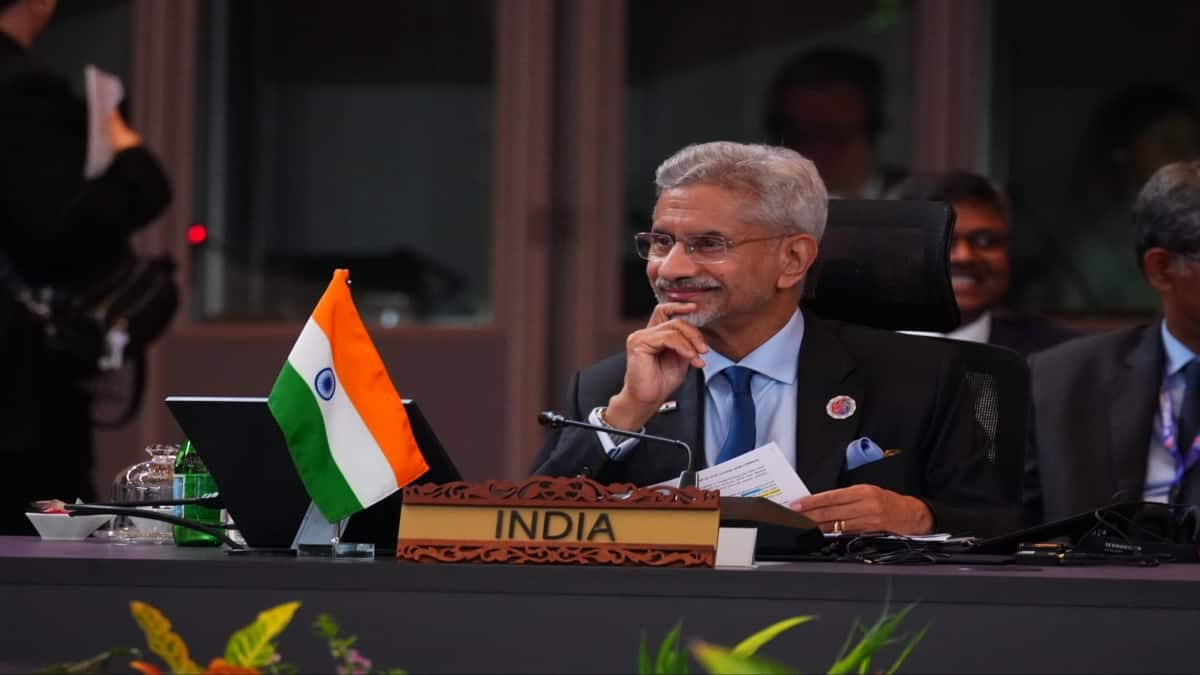
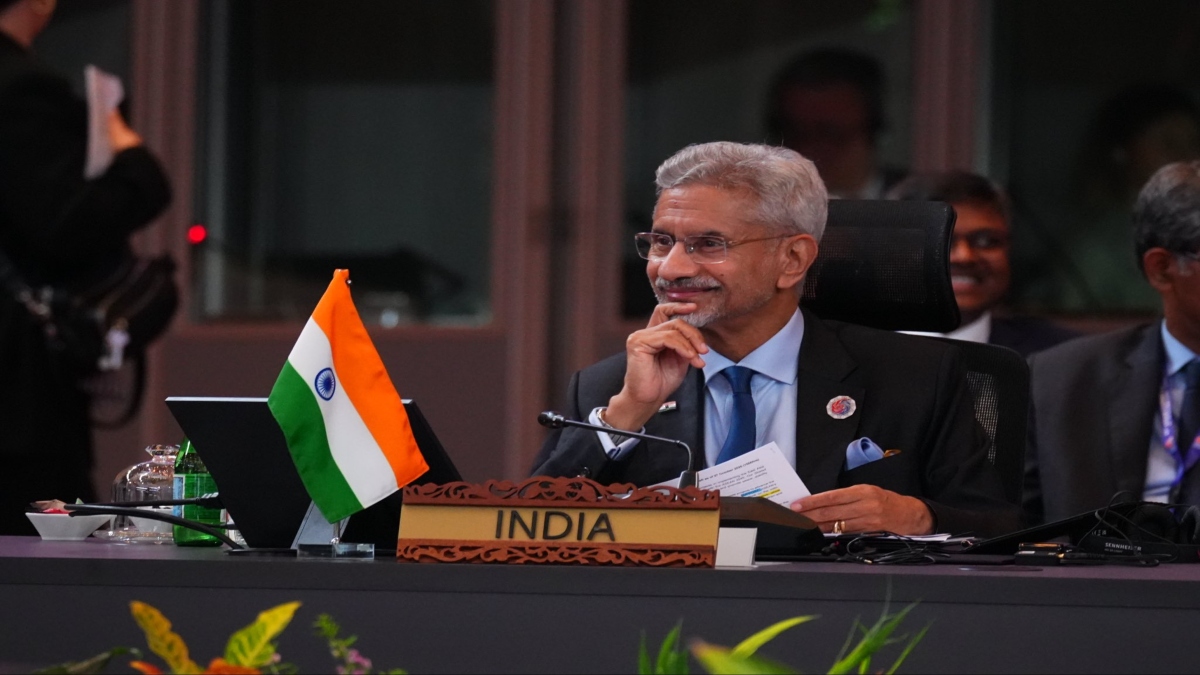)
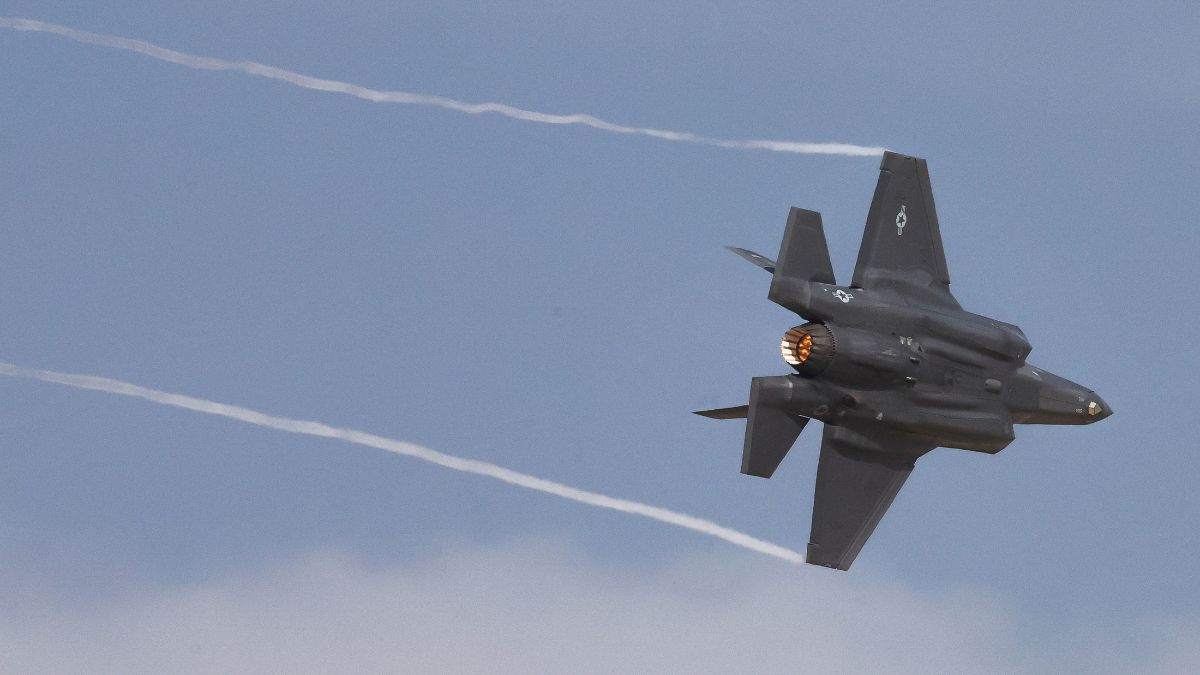)
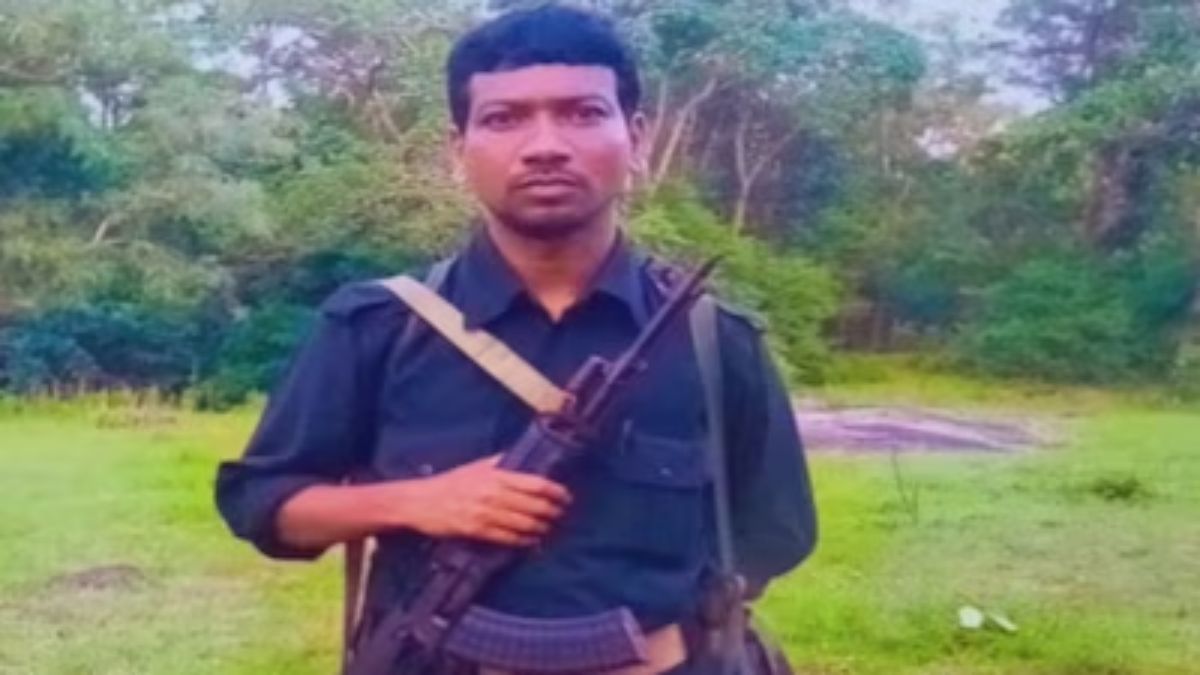)
)
)
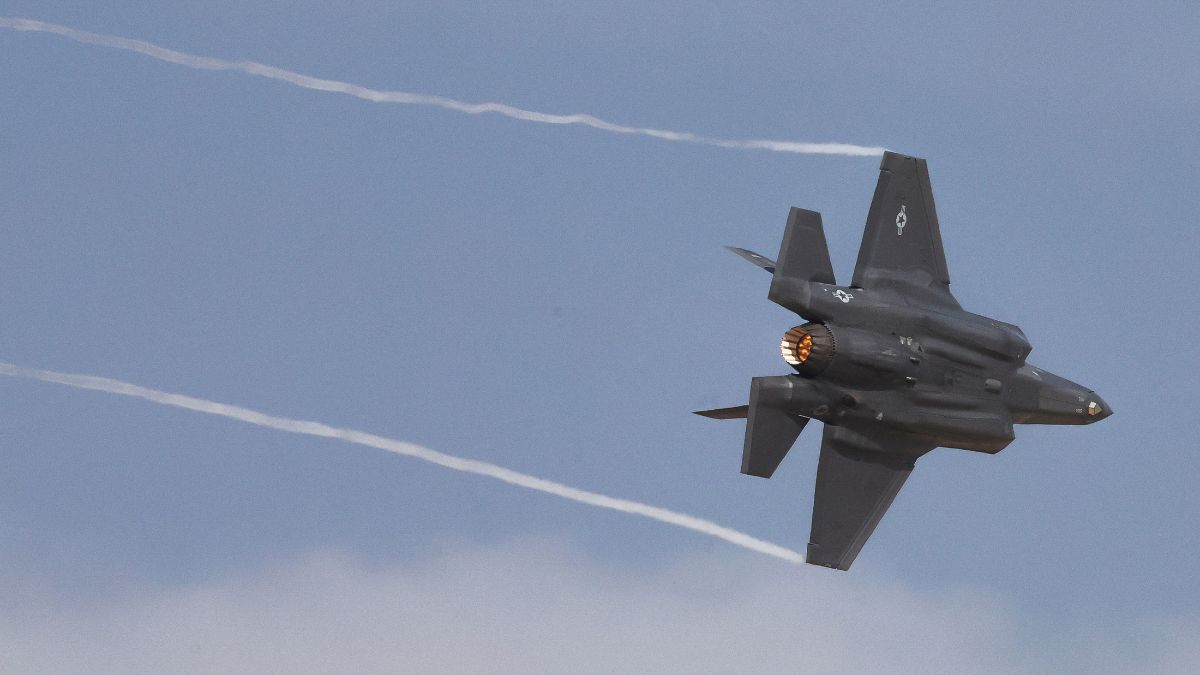)
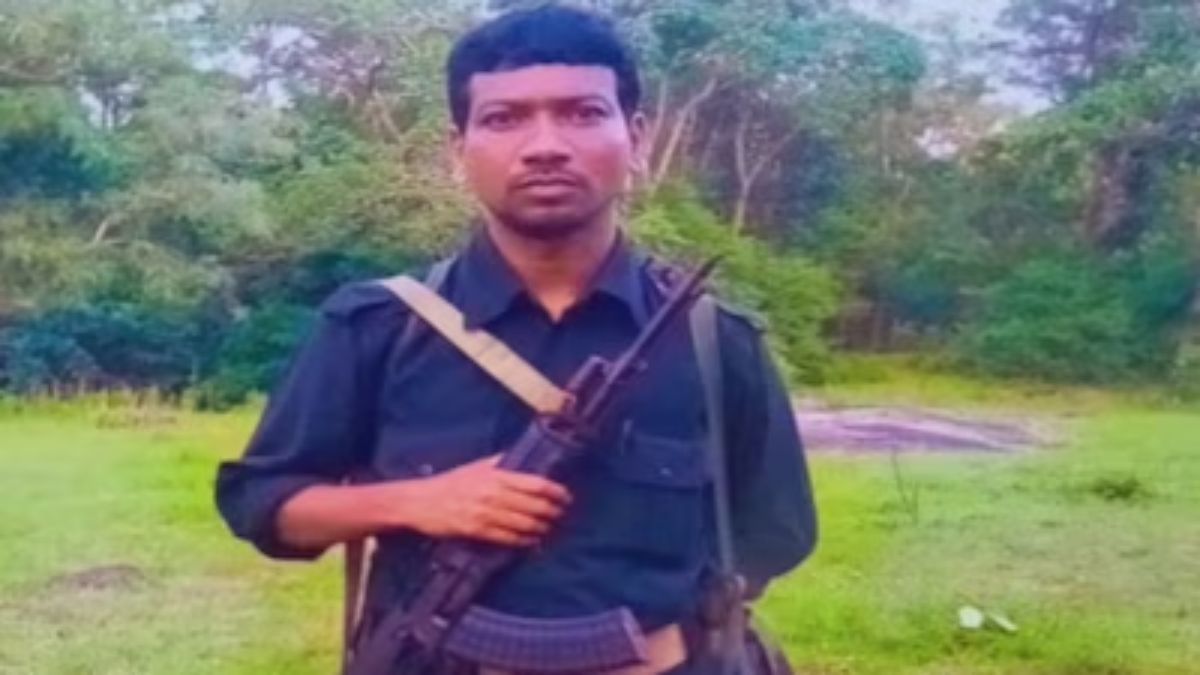)
)



